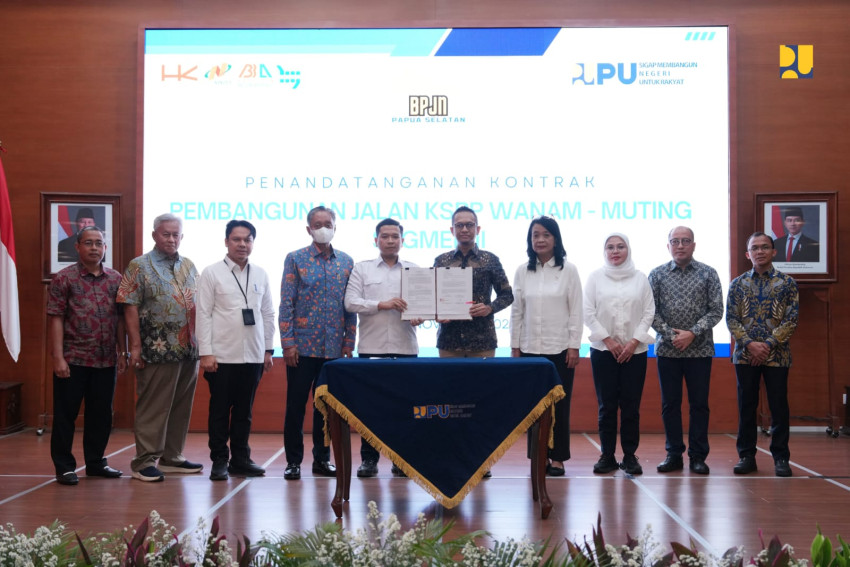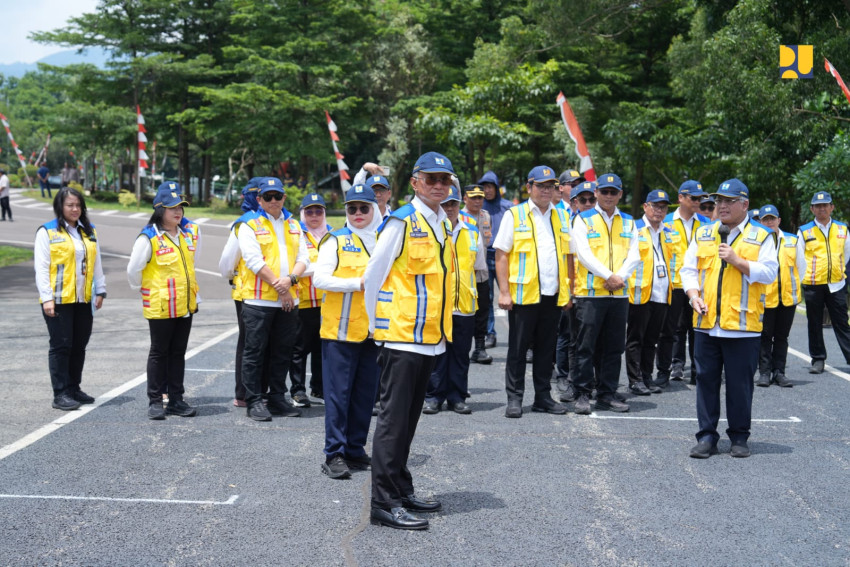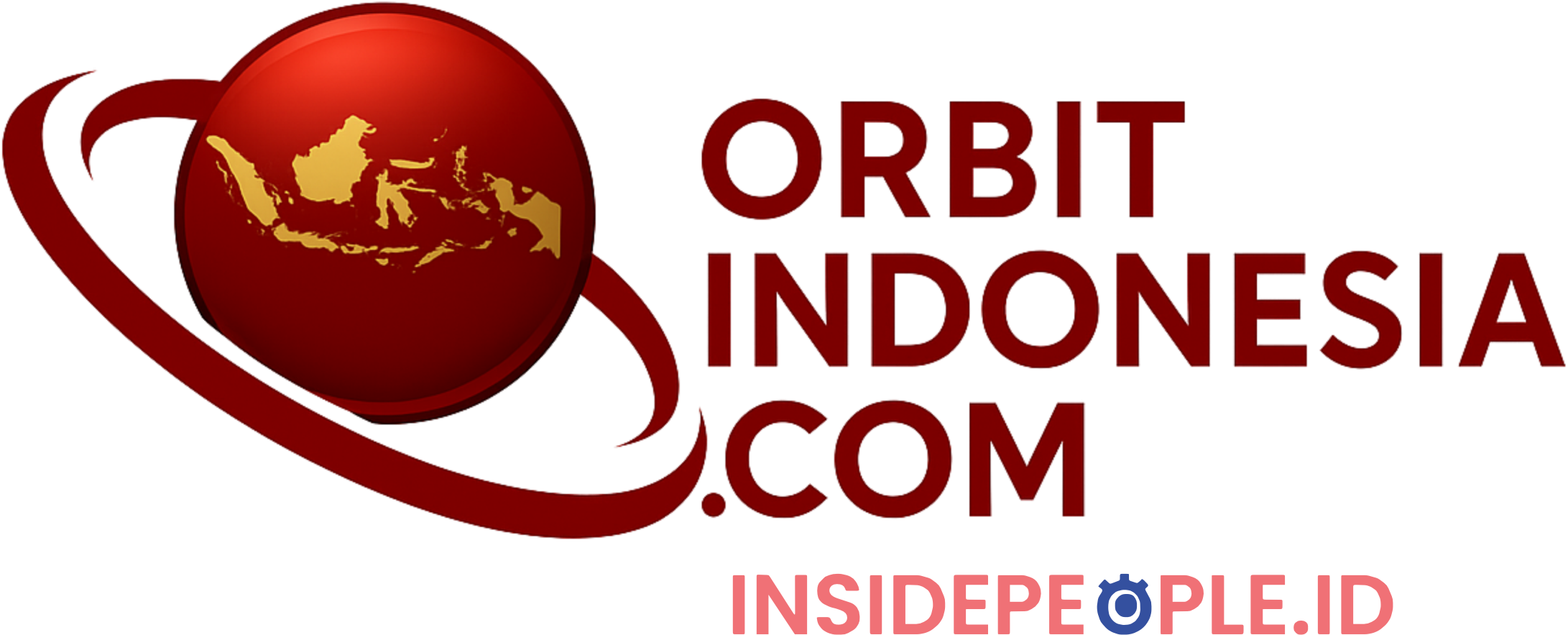Mengapa Model Kerja 996 China Gagal dan Menjadi Peringatan Global
ORBITINDONESIA.COM – China’s 996 model, where employees work from 9 a.m. to 9 p.m. six days a week, promised dominance but delivered burnout. Research shows that overwork reduces productivity and harms health.
For years, China's 996 work model was celebrated as a symbol of relentless dedication and innovation. But the cracks in this facade soon appeared, revealing a work culture that stifled creativity and led to mass burnout.
Studies have consistently shown that long work hours do not equate to higher productivity. Instead, they lead to fatigue, errors, and increased medical leave. Even Chinese tech giants have recognized this and are moving away from 996 practices, seeking sustainability over mere activity.
Younger generations in China are rejecting the 996 model, viewing it as exploitative. In the U.S., a similar culture would deter talent, increase attrition, and damage company reputation. Overwork is not a badge of honor but a path to decline.
The fall of the 996 model is a cautionary tale for global businesses. True innovation and performance stem from nurturing employee well-being and fostering an environment of clarity and focus. It prompts a crucial question: How can companies achieve excellence without sacrificing their workforce?
(Orbit dari berbagai sumber, 27 September 2025)











